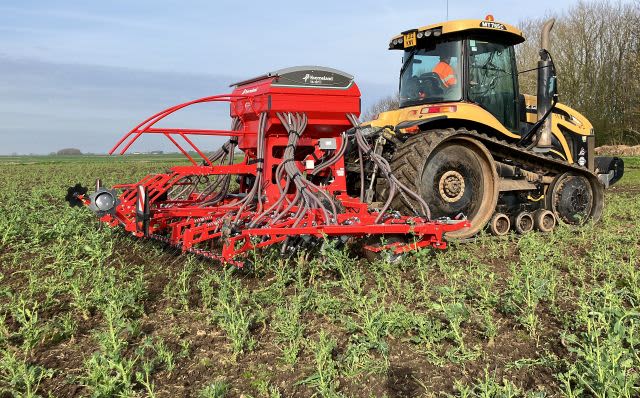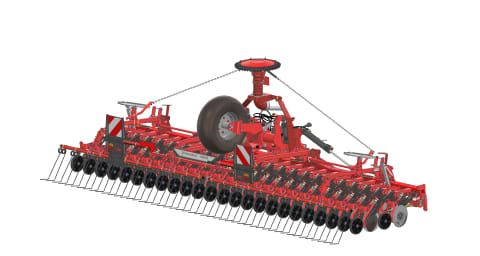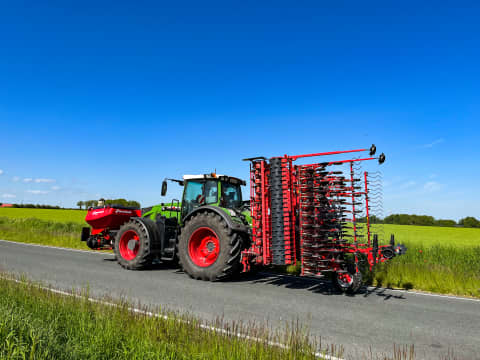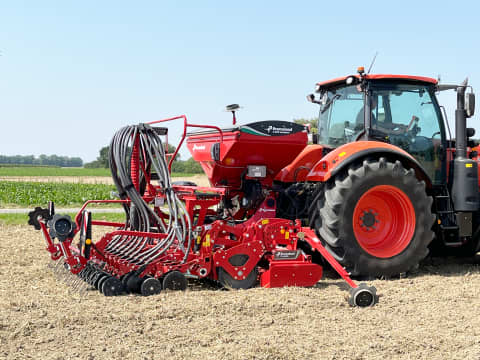“We had a couple of seasons where we had little option but to reach for our 4m power harrow drill combination to get crops in, instead of our 6m drill of choice,” explains farm manager Mark Blows, pictured with farm owner Alistair Hall-Jones. “Failing to drill our crops is not an option, so we decided to find a flexible and versatile solution that could operate in less than ideal conditions.”
RH-J (Farms) grows winter and spring wheat, winter and spring barley, oilseed rape, sugar beet, spring beans and forage maize across 1,600 acres. An on-farm AD plant consumes forage maize in exchange for digestate.
“We plough for sugar beet and forage maize, but use a flat lift and either a carrier or NZ-type cultivator for everything else,” he says. “Then the ts drill can go straight in. It’s a very simple and straightforward process that has reduced establishment costs while gaining output.”
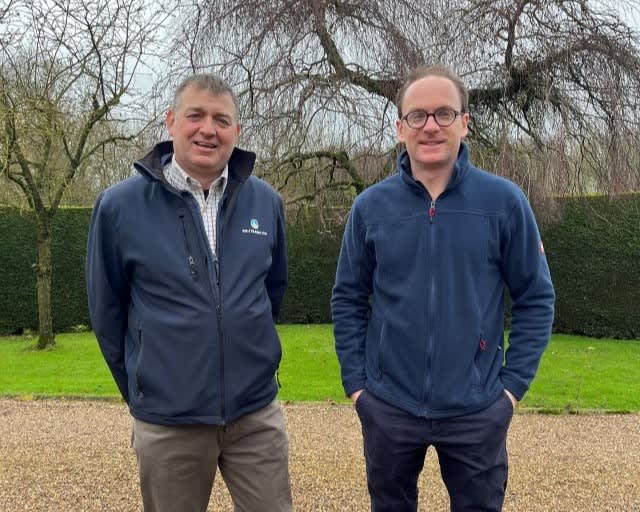
Mark says that the Kverneland tine seeder (ts-drill) has been something of a saviour for the Lincs family farming business, but adds that you have to look beyond the finish that the drill leaves behind.
“It only has a following harrow behind the tines, though the open finish can help drainage,” he says. “We’ll roll behind, where conditions allow.”
“Where we’ve been unable to get some winter sown crops in, the ts has been the perfect solution for spring-sown crops,” he says. “There’s plenty of stagger in the frame to deal with trash, and it seems to cope with anything we’ve thrown at it. We’ve also started drilling our own spring beans with it, where previously, we had to rely on a contractor.”
Handled by an MT765C rubber-tracked tractor, Mark says that output is averaging out at a modest 100 acres/day, with the Challenger favoured for its low ground pressure, not its power output.
“The Challenger and ts make a great combination that can travel well in most conditions,” he adds. “The drill is close coupled, so front end ballast isn’t an issue, and running on part throttle, the tractor doesn’t use a lot of diesel and traction is guaranteed.”
Mark adds that the isobus-equipped drill has simplified the process of seed roller changes and calibration, while emptying the hopper is equally as easy to achieve.
Recognising the way conditions are changing year-on-year, and with soil types ranging from clay on the wolds to peat on the fens, RH-J (Farms) says that having options available for cultivations and drilling is essential.
“We’re almost going back to where we used to be,” adds Mark. “Direct drilling won’t work for us - we need land turned over, or at least sub-soiled, ready for drilling. And the ts-drill is proving an ideal solution for our business.”
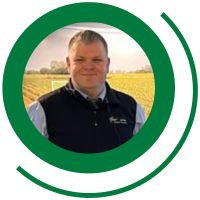
Want to speak to a specialist?
E-Mail Simon Wills, Kverneland seeding specialist: info-uksales@kvernelandgroup.com

